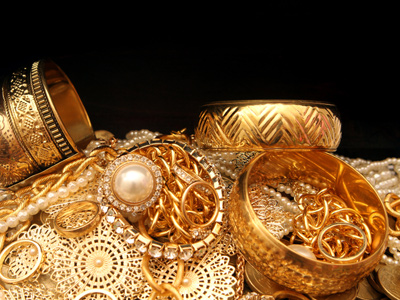
Metals - Properties and Uses of
In this GCSE Chemistry quiz we take a look at some of the properties of metals, such as malleability and conductivity. We also find out about how the different properties of metals affect their uses. For example, how the softness and conductivity of copper make it the best material for electric wires.
The majority of the chemical elements are metals and their properties make them incredibly useful. Each metal has its own unique set of properties but there are general properties too, for example, they conduct heat, conduct electricity, are malleable and ductile. For the GCSE, you are expected to be able to link the properties of a metal to its uses, as in the above example with copper. Remember, copper is used for making electrical wires because it is one of the best conductors of electricity and is a soft metal, enabling the wires to be bent to get them into tight spaces. Most of the time, the uses of metals will can be worked out by a common sense application of what you know about the properties of metals in general, so make sure that you revise them. It is also useful to know the properties of certain specific metals like those of group one which react rapidly with water and mercury which is a liquid at room temperature.
Ready for more?
not all...
quizzers. Try to win a coveted spot on our Hall of Fame Page.







